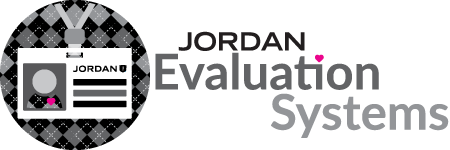Planning
Structuring the Class
Indicator 53 Feedback
UETS 5 – The teacher uses multiple methods of assessment to engage learners in their own growth, monitor learner progress, guide planning and instruction, and determine whether the outcomes described in the content standards have been met.
Effective teachers provide timely, descriptive feedback to students about their work. Students need to be able to reflect and self-assess his/her learning in order to take intentional steps toward developing or continuing competency. Opportunities to engage in peer review, when well planned, can help students improve their reading and writing skills, and learn how to collaborate effectively.
IDEAS/SUGGESTIONS:
- Be prepared to show descriptive teacher feedback on at least three different student work samples such as:
- An essay with written comments about the student’s performance.
- A test with a score and errors on specific items clearly marked
- A graded rubric
- A teacher note or corrective that was added to a test or assignment
- Be prepared to show how one of the work samples shown resulted in student reflection such as:
- Student reflective journals/goal setting to increase mastery based on teacher feedback
- Multiple drafts of a writing project based on teacher feedback
- Student product that has been corrected or redone based on teacher feedback
- Be prepared to show how students have had the opportunity to self-assess or receive peer feedback.
Student self-assessment may take one of the following forms:
- A rubric marked by the student
- A checklist that students can compare their work to before turning it in
- Response cards for students to indicate their level of understanding
Examples of peer feedback may be one of the following:
- A writing sample edited by a peer
- A rubric or rating scale marked by a peer
- A feedback slip filled out by classmates for a student presentation
